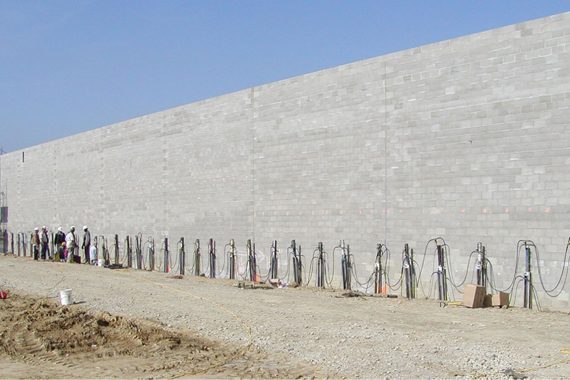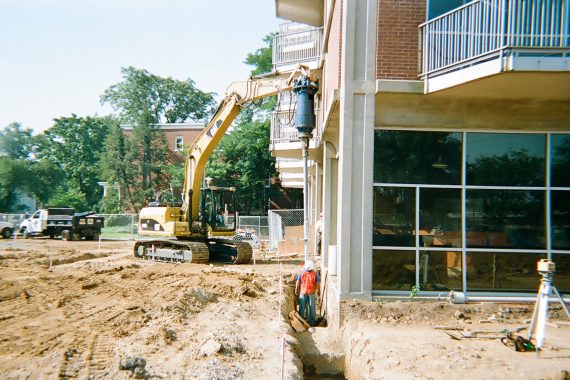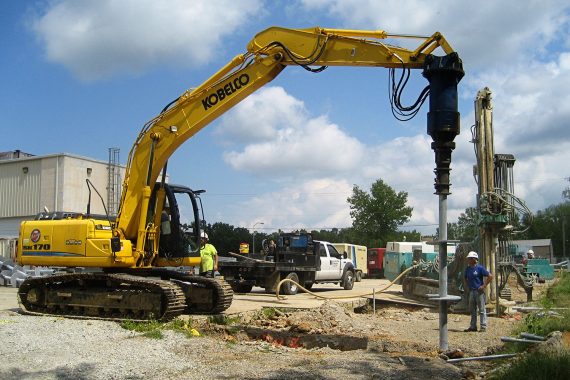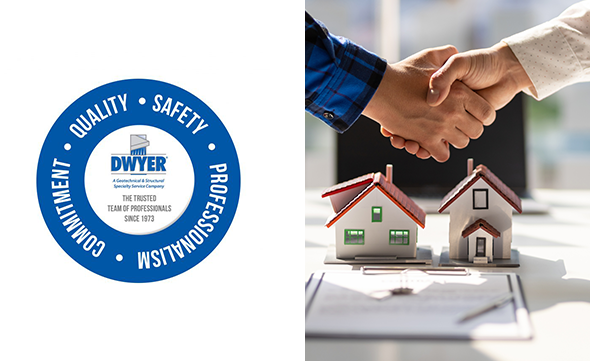Concrete issues are a common headache for property owners. Whether it’s a sunken sidewalk, an uneven driveway, or a sagging patio, the need for a fix is inevitable. The big question, however, comes down to whether to opt for slab jacking (also called mud jacking) or a complete concrete replacement. While both have their places, slab jacking often emerges as the superior choice for a variety of reasons. Let’s take a look at their benefits.
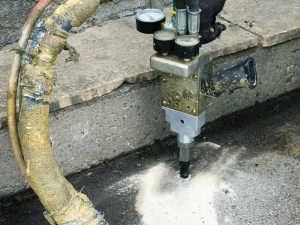
Cost-Effectiveness
One of the most compelling advantages of slab jacking over full concrete replacement is its cost-effectiveness. Slab jacking is significantly less expensive because it eliminates the need for demolition and removal of the old slab before installing a new one. Instead, it involves making small holes in the existing slab and then pumping a mixture underneath to raise it back to its original level. Full concrete replacement is not only labor-intensive but can also be two to three times more expensive than slab jacking.
Time-Saving
Time is of the essence in most repair projects, and slab jacking scores highly in this regard. The process is quick and straightforward, typically taking no more than a few hours to complete. Conversely, concrete replacement can take days just for the removal and installation, not to mention the curing time required before the new concrete can support any weight — which can extend to several weeks. For businesses and homeowners in West Chester, Ohio, minimizing downtime is essential, making slab jacking a preferred option.
Minimal Disruption and Cleanliness
Another significant benefit of slab jacking is the minimal disruption and mess created compared to full concrete replacement. The latter involves heavy machinery that can damage surrounding landscapes and create a lot of dust and debris. Slab jacking, on the other hand, requires much smaller equipment and is far less invasive, preserving the integrity of the area around the repair site.
Sustainability
Eco-friendliness is an increasingly important consideration, and here again, slab jacking has the upper hand. It is a more sustainable option because it uses fewer resources and produces no waste — the existing concrete slab remains in place and is simply lifted. In contrast, full concrete replacement involves removing the old slab, which then has to be disposed of, often in a landfill.
Aesthetic and Functional Consistency
When only a portion of the concrete needs repair, slab jacking offers a significant aesthetic advantage. Replacement can result in color and texture mismatches between new and old sections, while slab jacking maintains the original slab’s uniformity. Moreover, because slab jacking addresses the issue of underlying soil instability — the root cause of most concrete settlement — it provides a more durable fix. Replacement deals only with the surface problem, possibly setting the stage for future issues.
Situations Favoring Concrete Replacement
Despite its numerous advantages, slab jacking isn’t always the best solution. Scenarios that typically require full replacement include:
-
When the concrete is severely damaged or crumbled or has extensive deep cracks.
-
Instances where the surface of the concrete has considerable aesthetic or structural issues that slab jacking cannot correct.
For property owners in West Chester, Ohio, considering their options, it’s clear that slab jacking offers a compelling array of benefits, especially for repairs of settling or sunken concrete that doesn’t suffer from severe deterioration. It’s cost-effective, quick, less disruptive, and environmentally friendly.
Got a concrete issue? Our expert team at The Dwyer Company, Inc. can assess the situation and recommend the best course of action based on the specific conditions and needs of your property. Call us today at (877) 399-3726 or fill out our online form for a quote.

